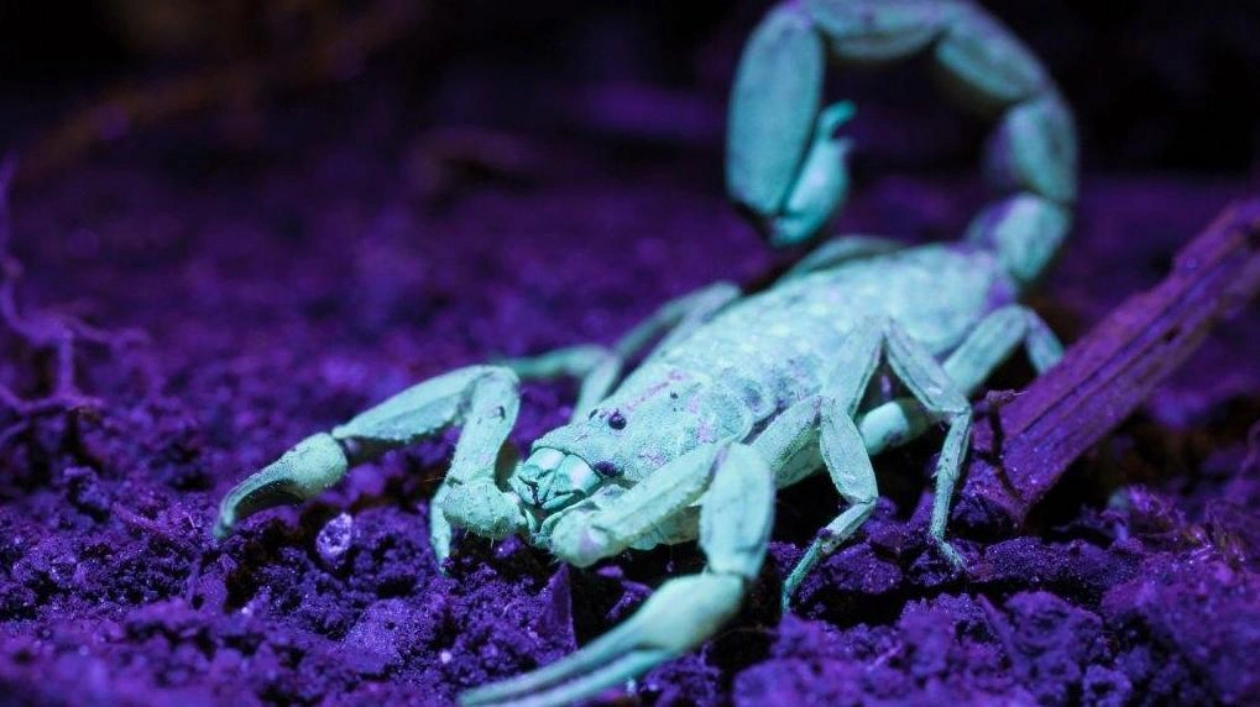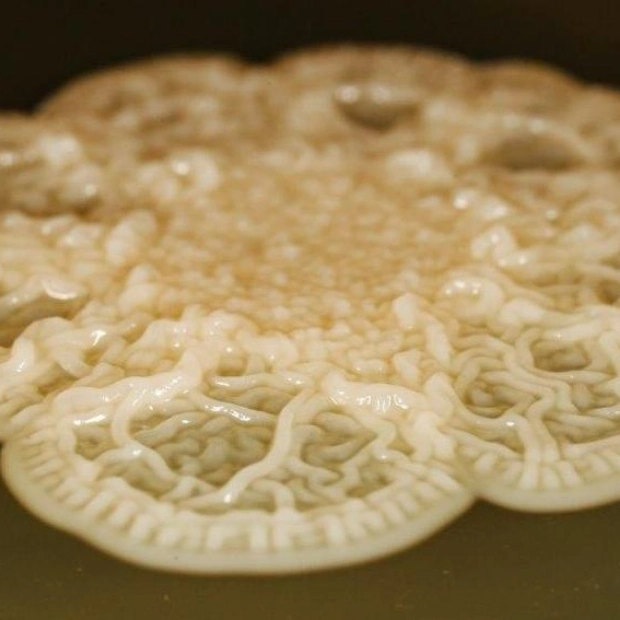This Halloween, it’s time to view scorpions, millipedes, and other creepy crawlers in a different light. By employing ultraviolet flashlights and light-filtering glasses, a group of community scientists is documenting the faint glow of fluorescence in these and other terrestrial creatures. Observations from various parts of the world have revealed at least 15 new instances of biofluorescence, as reported by biologist Courtney Whitcher and her colleagues on October 24 at bioRxiv.org.
Notable discoveries include a Japanese beetle with a glowing blue mouth, a mushroom that shines bright red beneath its cap, and a ball python with orange-glinting scale patterns. Whitcher, from the University of Houston, notes that there’s “a glowing world all around us that we often cannot see.” Biofluorescence happens when chemicals within living organisms absorb light and then emit it at a lower energy. Many animals absorb UV light and emit visible light, a phenomenon long observed in underwater animals like corals and fish. However, terrestrial life’s fluorescence remains largely unexplored.
After the first fluorescent frog was reported in 2017, Whitcher started cataloging fluorescence in over 150 frog species. The phenomenon was widespread, prompting her to wonder how much of terrestrial life glows unnoticed. In 2020, Whitcher’s team launched Finding Fluorescence, a website where people can upload images of fluorescent geckos, lichen, moths, and other creatures they’ve found. People can explore at night, using black lights in their backyard, nearby parks, or even on houseplants (chlorophyll, the green pigment in plants, fluoresces red under UV light). Whitcher emphasizes that the possibilities are endless.
Her team analyzed 36 submissions to the website and reviewed scientific literature to identify previously unreported instances of fluorescence. One example was a squirrel tree frog with a green-glimmering stripe under UV light. Whitcher is now investigating whether this stripe influences female frogs’ mating decisions. Beyond expanding our understanding of land animals’ colors, Whitcher hopes the website reignites people’s curiosity and wonder about the world. “As children, we start with a sense of wonder and curiosity, which sometimes fades,” she says. Finding Fluorescence aims to “rekindle that childhood spark.”
Source link: https://www.sciencenews.org






